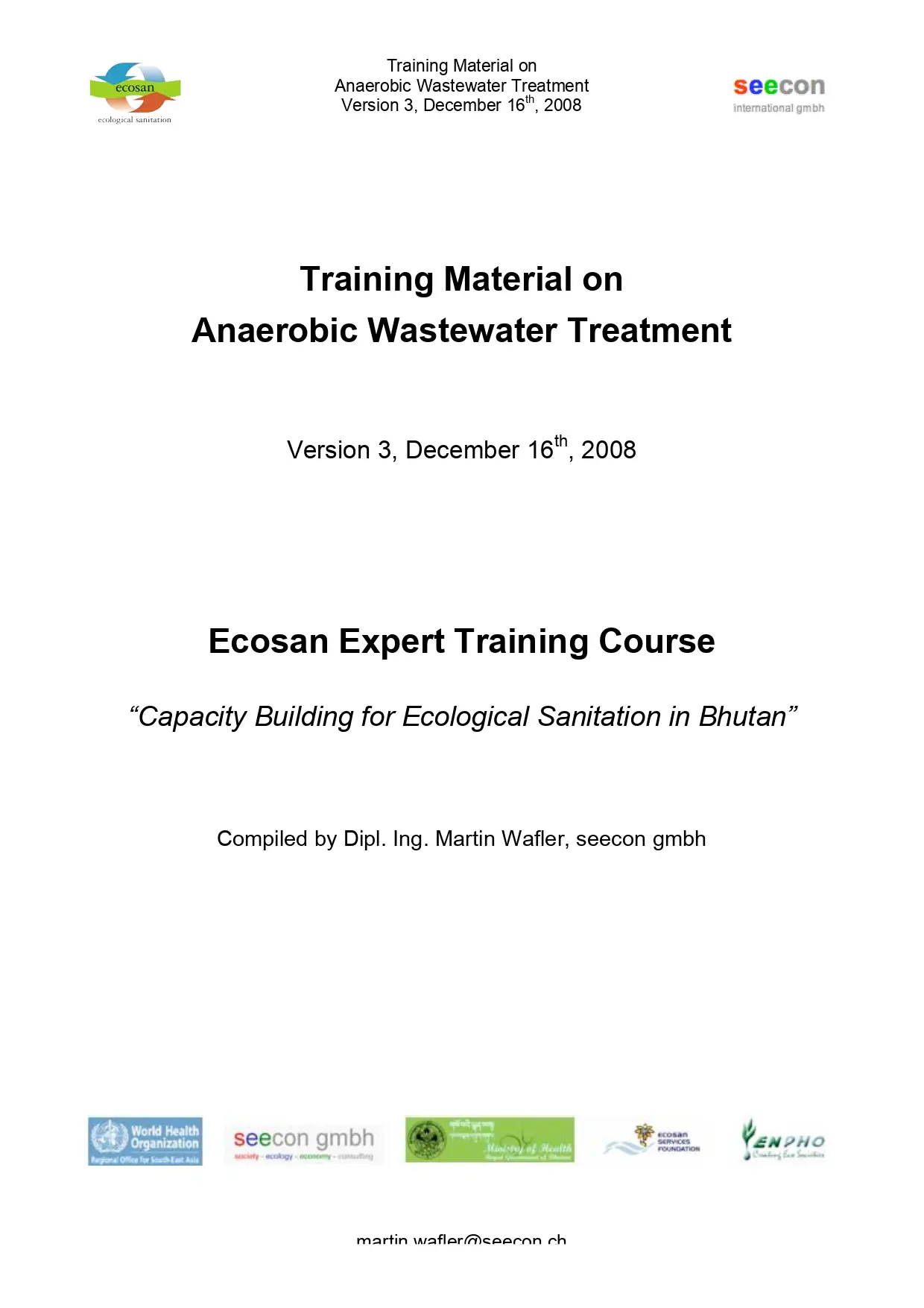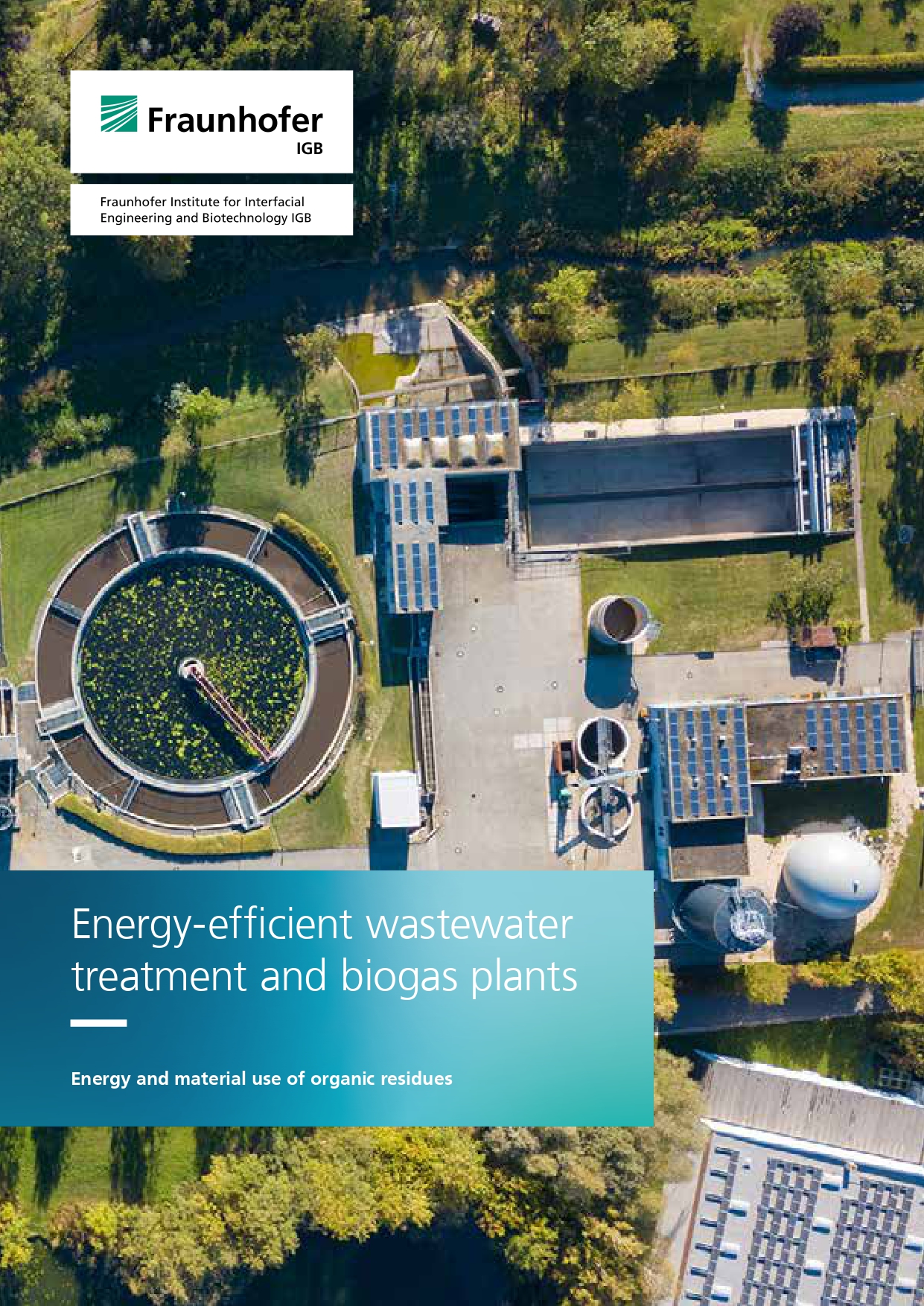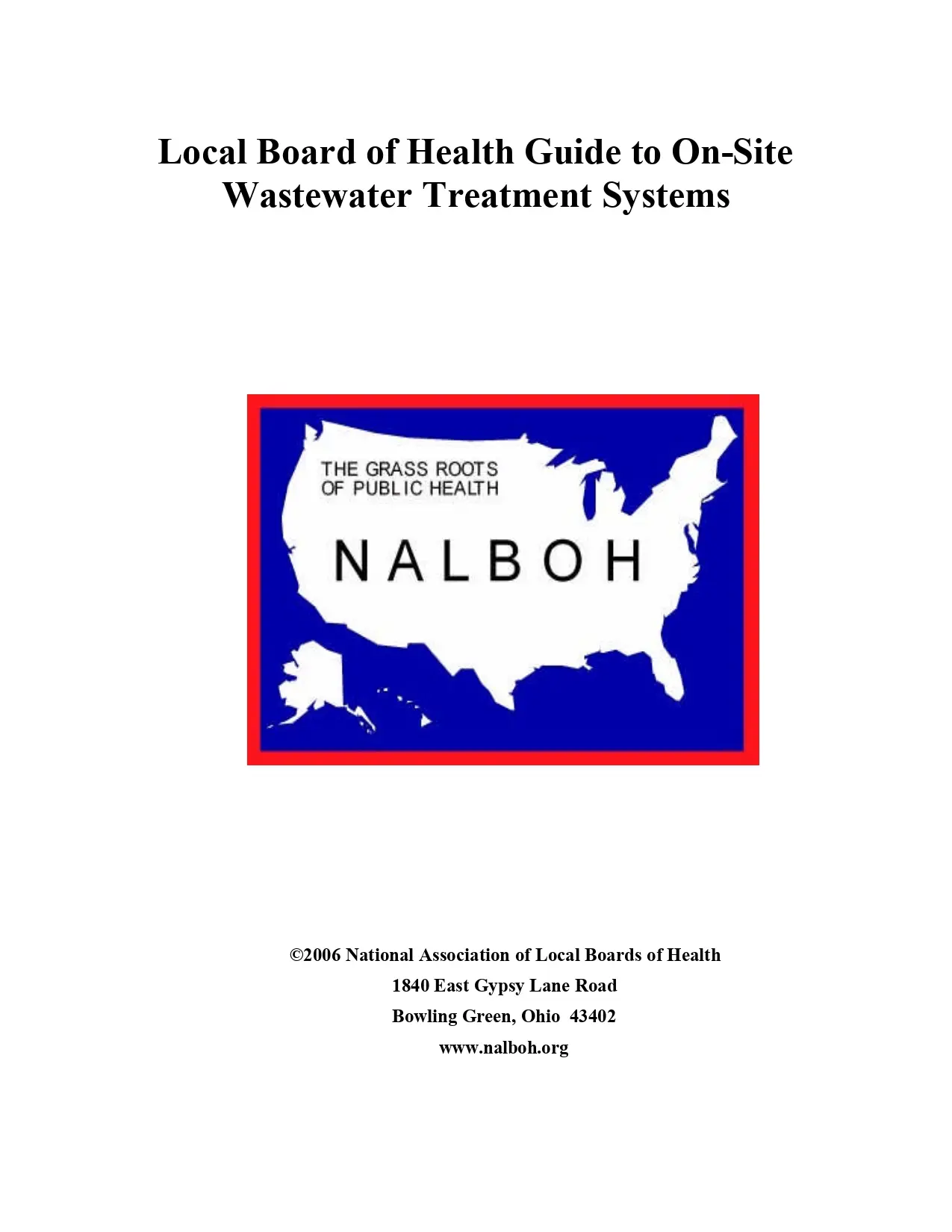Energy-Efficient Wastewater Treatment and Biogas Plants
In view of the finite nature of fossil and biological raw materials, it is becoming increasingly important for companies, municipalities and states to use existing resources more efficiently and intelligently and to recover ingredients for material or energy use in accordance with the circular economy approach.
Energy-Efficient Wastewater Treatment and Biogas Plants
In view of the finite nature of fossil and biological raw materials, it is becoming increasingly important for companies, municipalities and states to use existing resources more efficiently and intelligently and to recover ingredients for material or energy use in accordance with the circular economy approach.
Unlocking The Potential Of Wastewater
On a global scale, less than half of all wastewater is collected and less than one fifth is treated. This has led to severe environmental degradation of many inland and sea waters around the world. Increasing water scarcity and population growth underline the importance of treating and understanding the value of wastewater. The United Nations' Sustainable Development Goal 6 aims to halve the proportion of untreated wastewater discharged into our water bodies by 2030. In achieving this goal, it is important also to focus on energy efficiency and energy recovery in the design of new and upgrade of existing wastewater treatment plants.
Unlocking The Potential Of Wastewater
On a global scale, less than half of all wastewater is collected and less than one fifth is treated. This has led to severe environmental degradation of many inland and sea waters around the world. Increasing water scarcity and population growth underline the importance of treating and understanding the value of wastewater. The United Nations' Sustainable Development Goal 6 aims to halve the proportion of untreated wastewater discharged into our water bodies by 2030. In achieving this goal, it is important also to focus on energy efficiency and energy recovery in the design of new and upgrade of existing wastewater treatment plants.
Local Board of Health Guide to On-Site Wastewater Treatment Systems
Introduction
The health of a community and its water resources must be protected from the harmful effects of inadequately treated wastewater. These harmful effects include waterborne diseases or other illnesses and the pollution of rivers, streams, lakes, groundwater supplies, or other water bodies. All persons generate wastewater, also known as sewage, as they go about their daily activities of washing dishes and clothes, showering and bathing, and using the toilet. To protect public health and environmental quality, wastewater must be cleaned (treated) before it is returned to the environment for further use. Before the establishment of fixed dwellings, humans left their wastes (feces and urine) in the environment where they lived. As people formed settled communities, wastes accumulated in homes, creating foul smells and unclean conditions. In the nineteenth century, increases in disease resulting from overcrowding led researchers to discover the link between disease and unclean water.
Local Board of Health Guide to On-Site Wastewater Treatment Systems
Introduction
The health of a community and its water resources must be protected from the harmful effects of inadequately treated wastewater. These harmful effects include waterborne diseases or other illnesses and the pollution of rivers, streams, lakes, groundwater supplies, or other water bodies. All persons generate wastewater, also known as sewage, as they go about their daily activities of washing dishes and clothes, showering and bathing, and using the toilet. To protect public health and environmental quality, wastewater must be cleaned (treated) before it is returned to the environment for further use. Before the establishment of fixed dwellings, humans left their wastes (feces and urine) in the environment where they lived. As people formed settled communities, wastes accumulated in homes, creating foul smells and unclean conditions. In the nineteenth century, increases in disease resulting from overcrowding led researchers to discover the link between disease and unclean water.










